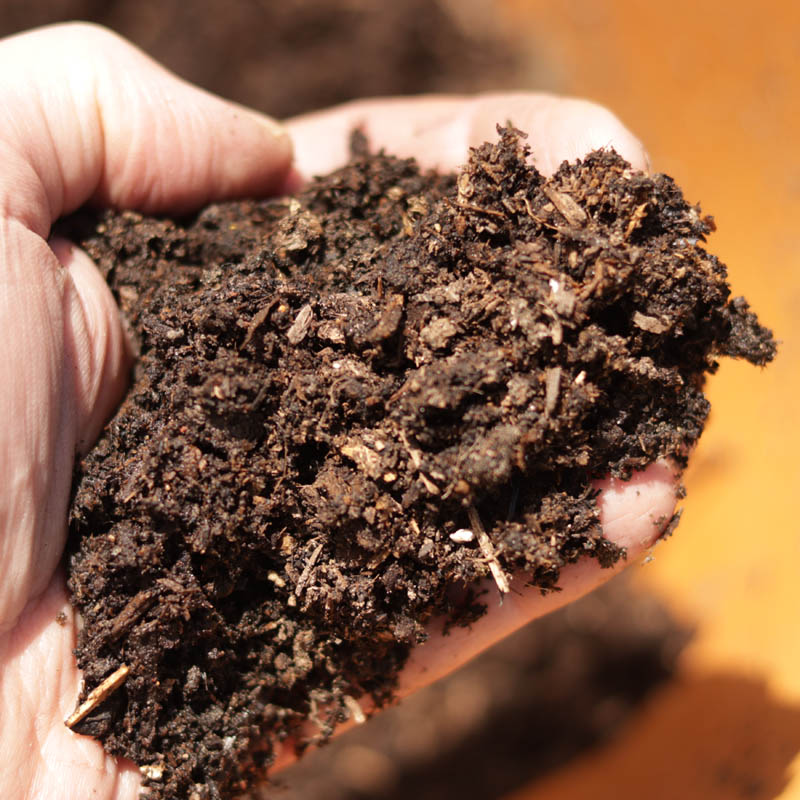TOMATO CHECKLIST ITEM 5 – PREPARE THE SOIL.

The next task is to prepare your garden soil.
If you are starting with rich dark loamy soil consisting of sand, clay and organic material, then you may only need to enrich this with composted manure, or a small amount of fertilizer formulated for tomatoes, and a source of calcium.
Starting from scratch, the soil mixture requires an optimal amount of fertilizer, minerals, inorganic material and organic matter. It needs all of these ingredients to drain excess water while retaining moisture, aerating roots and nourishing the growing tomato plants. Organic materials such as compost, composted manure, sphagnum moss, peat moss and coir help to retain moisture in the soil. Inorganic materials such as sand, perlite and vermiculite help to drain excess water and provide channels for aerating the growing roots.
To grow successfully, tomatoes need nitrogen, phosphorus, potassium, potash, calcium, and magnesium, along with a host of trace minerals. The precise formulation and dosage is vital to your tomato crop. Most fertilizers are a combination of the three nutrients commonly fed to plants: nitrogen, phosphorus, and potassium (referred to as the “N-P-K ratio”).
Beware of nitrogen rich fertilizer that will push the tomato plant to grow more foliage at the expense of the fruit. Stay away from high-nitrogen fertilizers such as urea, ammonium sulfate or fresh manure, which will produce dark green, tall tomato plants with fewer tomatoes.
Again, you don’t want to over-fertilize with nitrogen because you’ll promote the growth of a bushy, green, leafy tomato plant without any fruit.
Phosphorus (the second number in the N-P-K ratio) encourages flowering,and therefore fruiting.
Once a tomato plant has started flowering, it needs a higher ratio of potassium (the third number in the N-P-K ratio). Once the fruit have set, potassium encourages their growth. Good organic sources of potassium are granite dust and wood ash.
You can choose from commercially available fertilizers that are specially formulated for tomatoes. They’ll contain a balance of the nitrogen, phosphorus and potassium. You should also consider applying phosphorus-rich fertilizers to augment the soil after the plants have established themselves.
Commercial fertilizers formulated for tomatoes include Miracle-Gro Tomatoes (18-18-21) and Tomato Tone (4-7-10 or 3-4-6). The way you apply Miracle-Gro Tomatoes is to mix it with water and apply the solution to the base of the plants through a hose, sprayer, or sprinkler. The way you apply Tomato Tone is to work it into the soil. Tomato Tone is organic and contains calcium, magnesium, sulfur and trace nutrients.
Finally, consider augmenting the soil with a separate source of calcium to prevent blossom end rot, which results from calcium deficiency. Note that you also need to manage the acidity and watering dosage to prevent blossom end rot (see Step 16).
